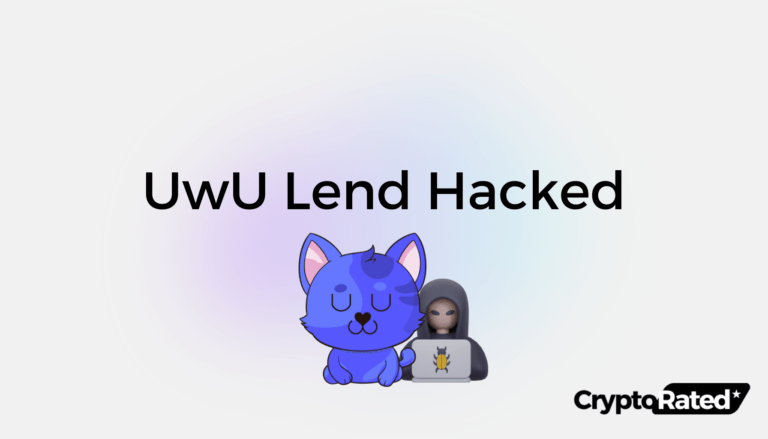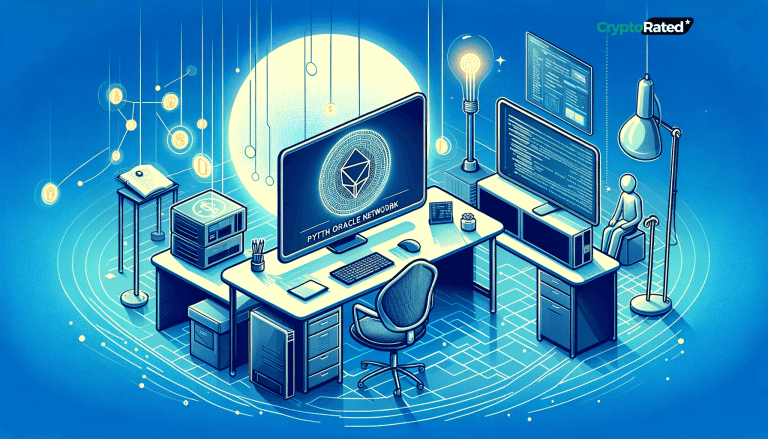Aave’s GHO stablecoin has struggled to maintain its value, trading consistently below the $1 mark. However, the stablecoin recently gained ground and rallied to $0.985 for the first time since August. This increase is due to the efforts of TokenBrice, a hands-on DeFi engineer who insiders have called GHO’s “benevolent temporary dictator.” TokenBrice took over the liquidity committee Aave tasked with restoring GHO’s dollar peg and embarked on an ambitious gamble to at least get GHO halfway there by Nov. 30.
The strategy employed by TokenBrice focused on incentivizing buying support for GHO in a targeted manner. This was accomplished most critically on the DeFi protocol Maverick, an Automated Market Maker that offers more levers than other AMMs for controlling the liquidity of its pools. TokenBrice said in an interview with CoinDesk that they are using liquidity shaping in an opinionated manner for the first time ever in the history of DeFi. They are paying for a very specific kind of liquidity that is biased toward the buying side, which helps create price support for buying pressure for GHO and progressively push it upward.
In a Nov. 23 committee report, TokenBrice said Maverick’s Boosted Pools had decisive advantages for engineering liquidity compared to better-known DeFi trading stalwarts, like Uniswap. The Maverick solution has certainly worked for GHO, according to Marc Zeller, a vocal member of the Aave community who leads the Aave Chan Initiative.
Zeller said that there may be some conflicts of interests in TokenBrice implementing and singing the praises of a project he advised. The GHO repeg “is a great ad for Maverick,” Zeller said in an interview for CoinDesk. “But let’s say that from my & Aave DAO’s point of view, that’s a win-win.” He compared the situation to a “double-edged sword: a failure would not have been great for Maverick.”
Zeller said his ACI also had a hand in organizing the repeg. “We coordinated governance, increases to borrow rate & DAO deals.”
There’s more to come in GHO’s road to $1, he said. For starters, some Balancer pools have an excess of GHO token that needs to be addressed. Additionally, the token’s total issuance has been capped at 35 million for months, limiting its ability to grow. “Once we reach a critical mass of sane liquidity around peg, we will propose to the DAO a ‘Stop and GHO’ approach to gradually increase the mint Cap of GHO allowing more assets in circulation and a virtuous circle of liquidity,” Zeller said.




